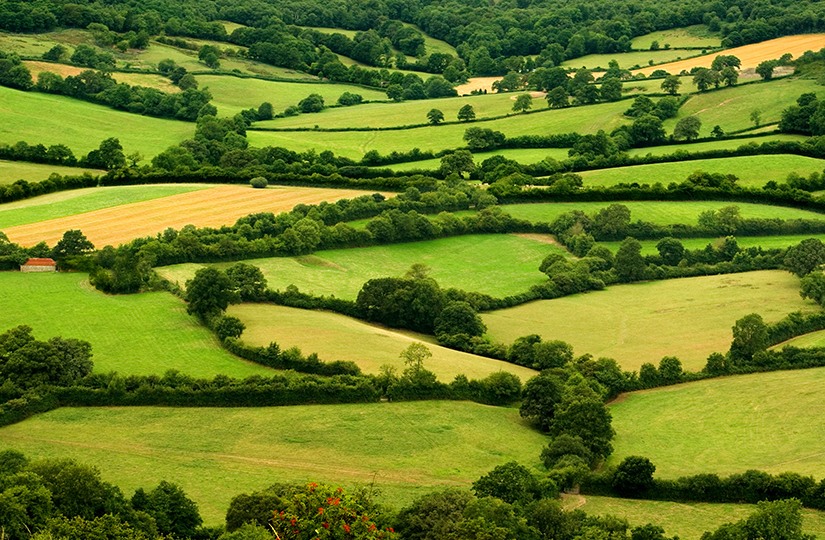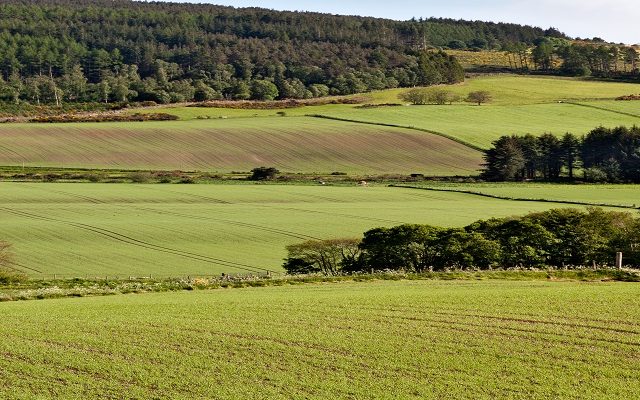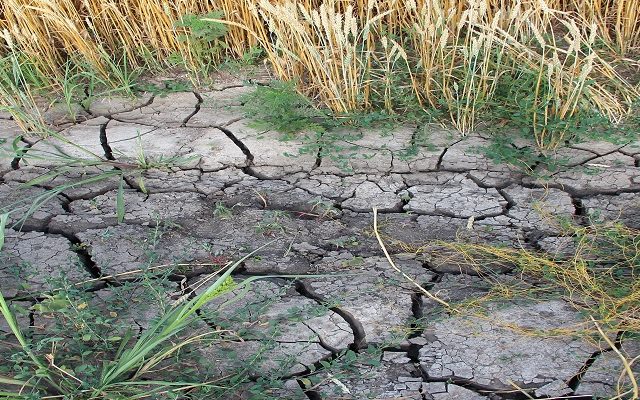Sustainable Farming Incentive scheme – What do we know?
Defra is planning to introduce a new temporary scheme to bridge the gap until the new Environmental Land Management (ELM) system is fully working in late 2024.
The Sustainable Farming Incentive (SFI) scheme is being billed as a ‘stepping stone’ to support farm incomes and encourage more farmers to change to soil- and wildlife-friendly practices during the crucial 2021-2024 transition period, when Basic Payments start to fall, but ELM is not yet available.
No details of the new scheme have been published, but it is understood that the SFI could start in in 2022 and would be available to all farmers who currently received BPS payments.
It could be a package of actions Defra wants farmers to take which are over and above the regulatory minimum and as a ‘building block’ to better management.
This would help the government to make progress on its environmental commitments, including the need to move towards net zero greenhouse emissions, ahead of ELM being available to everyone.
The idea of an interim scheme is new, but a Sustainable Farming Incentive was first mentioned by Defra secretary George Eustice in his keynote speech to the NFU Conference in February 2020.
Talking about his vision for ELM, he said he envisaged three tiers, the first being “a sustainable farming incentive which will be open to any farmer and will incentivise participation in farm level measures such as integrated pest management, sensitive hedgerow management and soil health.”
This suggests that the SFI could effectively be making elements of Tier 1 of ELM available earlier than Tiers 2 and 3.
It is believed that the payment rates could be similar to Countryside Stewardship rates and the scheme would be voluntary, not mandatory, simple and short term.
Mr Eustice has promised that a document outlining Defra’s plans, which will describe the transition process in more detail, including what its new productivity grants could look like, will be published in the next month or two.
Defra has previously said the Countryside Stewardship Scheme will be available until 2023, for agreements starting on 1 January 2024, but the SFI may be appealing to farmers who are unwilling to sign up to a full CSS agreement ahead of ELMS being rolled out.
Future farming funding gap explained
However, while the Sustainable Farming Incentive is a welcome stepping stone during the transition period, for individual farmers it is unlikely to fill the financial gap left by the phasing out of Basic Payments.
Strutt & Parker first identified the challenge facing the sector due to the change from the current Common Agricultural Policy-based support system to ELMS in June 2019. We called it the ‘future farming funding gap’.
Farmers are likely to earn significantly lower profits from environmental schemes, which typically generate 10-20% profit, than the current system of Basic Payments, which generates 80-90% profits per pound of subsidy.
Even using optimistic assumptions about farms increasing productivity and receiving higher payment levels under ELMS, our analysis identified the potential for a significant fall in farm profits for average and low performing farms by 2028, which is when Basic Payments are fully phased out and replaced by the ELM system.
The top 25% performing farmers are much less affected, as they are less reliant on Basic Payments and the cut is largely negated by increases in farm productivity and higher agri-environment payments.
This highlights the importance of farms doing everything they can to be as efficient as possible, to get themselves into the top 25% of performers. This will involve taking steps to improve productivity, looking at ways to maximise income sources away from mainstream farming and tapping into payments from agri-environment schemes.
We will need the best farmers in terms of crop and livestock production and also conservation of the environment if the industry is going to become more productive, while also contributing to reversing declines in biodiversity and mitigating against climate change.
Alternatively, some farmers may choose instead to pass the management of their land to others, for example, options like contract farming agreements could become increasingly popular allowing the farmer to stay involved in decision making, while the land is physically farmed by efficient contractors.
Strutt & Parker has produced a calculator to assess the effect of the proposed changes on net profits, allowing for three sets of scenarios. A member of the farming team can run any business through the scenarios, free of charge.






